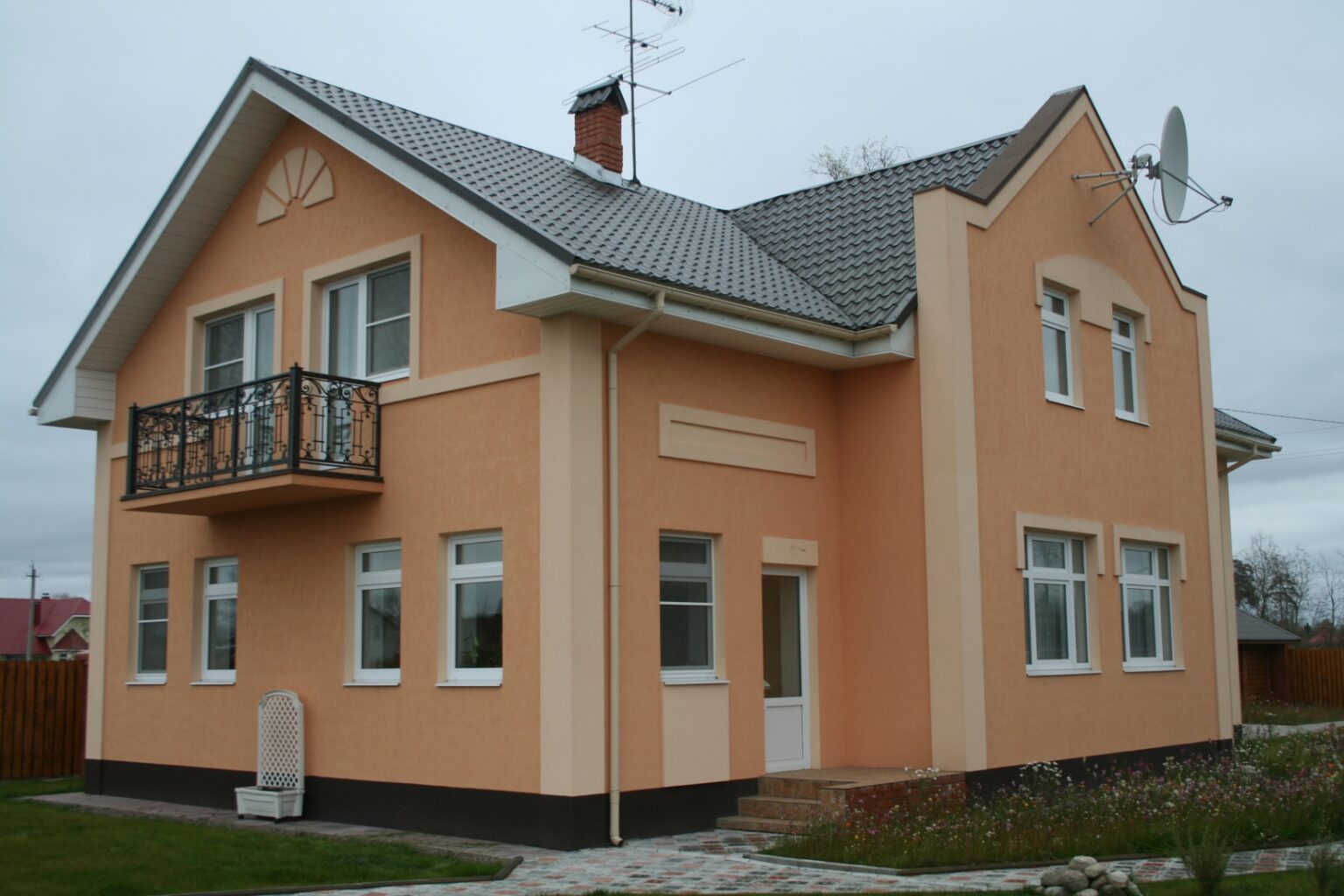Whenever it comes to painting exterior wooden surfaces, vacuum bubbles…
페이지 정보
작성자 Lavada 댓글 0건 조회 11회 작성일 25-03-26 17:27본문
To minimize the risk of paint bubbles, you should start by preparing the lumber surface. This entails cleaning the surface to take away dirt, grime, and other contaminants. Use a cleaning solution to scrub away impurities, stains, or old paint. Once the surface is sanitized, sand it down to roughen the timber and create a surface for the primer to stick to.
Next, apply a high-quality exterior base coat. A good primer will help to keep the pores of the timber, and create a strong bond between the lumber and the paint. Look for a primer that contains fungicides and rot and decay. Allow the primer to cure according to the manufacturer's recommendations before applying paint.
Choosing the right paint is also crucial in preventing paint bubbles. Look for exterior paint that is labeled as "flexible or elastomeric". These paints are designed to expand and contract with the timber as it moves to reduce the likelihood. Elastomeric acrylic paints are another good alternative, as they are water-based and dry quickly to minimize the chance of bubbles.
When painted paint, make sure to adhere to manufacturer's instructions and keep the surface moist. Use a High pressure sprayer to paint broad surfaces and a brush to paint trim and small areas, they produce less create less bubble compared to rollers which may apply a larger pressure and generate bubbles on the wooden surface the timber. Avoid misting the paints too much, покраска дома из профилированного бруса as this can also lead to puddles of paint.
If one of your team do perceive paint x marks forming, don't panic! Simply remove the bubble with a small putty knife, and apply a thin layer of paint around the bubble to keep it. This will assist to prevent the bubble from expanding creating an even smooth finish.
 Finally, think applying a clear coat of paint to your exterior wood surfaces. This will not only help to defend the lumber from the bad weather conditions, but furthermore make upcoming artwork much easier. Look for a clear coat that is specifically designed exterior use and adhere to manufacturer's instructions for application
Finally, think applying a clear coat of paint to your exterior wood surfaces. This will not only help to defend the lumber from the bad weather conditions, but furthermore make upcoming artwork much easier. Look for a clear coat that is specifically designed exterior use and adhere to manufacturer's instructions for application
Next, apply a high-quality exterior base coat. A good primer will help to keep the pores of the timber, and create a strong bond between the lumber and the paint. Look for a primer that contains fungicides and rot and decay. Allow the primer to cure according to the manufacturer's recommendations before applying paint.
Choosing the right paint is also crucial in preventing paint bubbles. Look for exterior paint that is labeled as "flexible or elastomeric". These paints are designed to expand and contract with the timber as it moves to reduce the likelihood. Elastomeric acrylic paints are another good alternative, as they are water-based and dry quickly to minimize the chance of bubbles.
When painted paint, make sure to adhere to manufacturer's instructions and keep the surface moist. Use a High pressure sprayer to paint broad surfaces and a brush to paint trim and small areas, they produce less create less bubble compared to rollers which may apply a larger pressure and generate bubbles on the wooden surface the timber. Avoid misting the paints too much, покраска дома из профилированного бруса as this can also lead to puddles of paint.
If one of your team do perceive paint x marks forming, don't panic! Simply remove the bubble with a small putty knife, and apply a thin layer of paint around the bubble to keep it. This will assist to prevent the bubble from expanding creating an even smooth finish.
 Finally, think applying a clear coat of paint to your exterior wood surfaces. This will not only help to defend the lumber from the bad weather conditions, but furthermore make upcoming artwork much easier. Look for a clear coat that is specifically designed exterior use and adhere to manufacturer's instructions for application
Finally, think applying a clear coat of paint to your exterior wood surfaces. This will not only help to defend the lumber from the bad weather conditions, but furthermore make upcoming artwork much easier. Look for a clear coat that is specifically designed exterior use and adhere to manufacturer's instructions for application댓글목록
등록된 댓글이 없습니다.